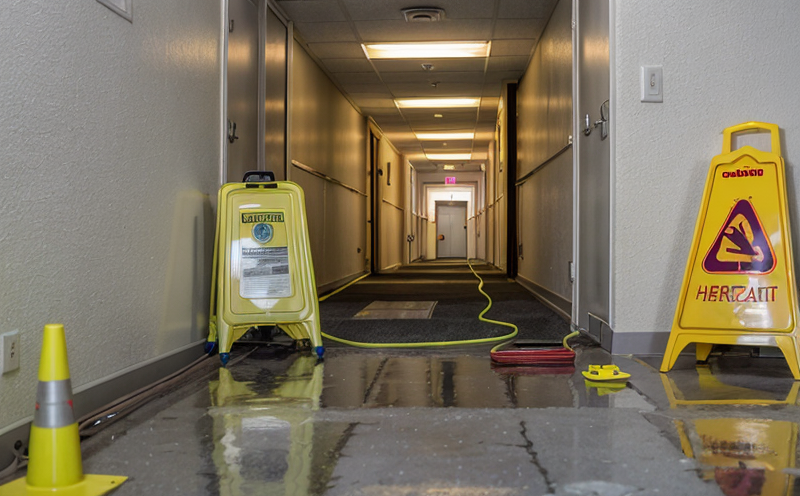ISO 80079 36 Non Electrical Equipment Explosion Protection Testing
The ISO 80079 series of standards provides a comprehensive framework for ensuring that equipment used in potentially hazardous environments does not contribute to the risk of explosions. This includes non-electrical equipment, which might be found in areas where flammable gases or vapors are present.
ISO 80079-36 specifically addresses the protection requirements and testing methods applicable to non-electrical equipment used in potentially explosive atmospheres. The standard ensures that such equipment can withstand potential ignition sources without contributing further fuel for an explosion. This is crucial for industries like petrochemicals, oil refining, pharmaceuticals, and chemical manufacturing where safety is paramount.
The testing process involves several key steps. First, the equipment must be designed to meet specific criteria laid out in ISO 80079-36. These include materials selection, construction methods, and design factors that prevent ignition or contribute to flame propagation.
Once the equipment is manufactured according to these guidelines, it undergoes rigorous testing. The tests are conducted under controlled conditions simulating real-world scenarios where potential ignition sources may exist. This includes exposure to flammable gases or vapors at various concentrations and temperatures. The objective is to verify that the equipment remains intact and does not become a source of ignition.
The testing protocol covers multiple aspects, including:
- Material compatibility with explosive atmospheres
- Resistance to mechanical stress and impact in hazardous conditions
- Thermal stability under extreme temperatures
- Flame resistance and suppression capabilities
After successful completion of the tests, detailed reports are generated. These reports document all test parameters, including the types of gases or vapors used, concentrations tested, and any observed behavior during testing.
This service is essential for companies operating in hazardous locations. By ensuring compliance with ISO 80079-36, businesses can mitigate risks associated with explosions, thereby protecting personnel, facilities, and surrounding environments.
Eurolab Advantages
At Eurolab, we pride ourselves on delivering world-class services tailored to meet your unique needs in hazardous locations testing. Our team of experts ensures that every aspect of the ISO 80079-36 testing process is conducted meticulously and accurately.
We offer a comprehensive suite of services including:
- Initial consultation to understand specific requirements
- Specialized testing facilities for various hazardous environments
- Detailed reporting with actionable insights
- Continuous support throughout the entire process
Our commitment to excellence and rigorous adherence to international standards ensure that you receive reliable, accurate, and compliant results. This not only enhances your reputation but also ensures safety in potentially dangerous work environments.
Quality and Reliability Assurance
At Eurolab, we are dedicated to providing services that meet the highest quality standards. Our ISO 80079-36 testing process is designed to ensure reliability and accuracy in every step of the procedure.
We use state-of-the-art equipment and facilities to conduct tests under controlled conditions. This ensures consistent results across all samples tested. Additionally, our team of highly skilled engineers and technicians guarantees that each test adheres strictly to ISO 80079-36 guidelines.
The rigorous nature of our testing process is further enhanced by our quality control measures. These include regular calibration of equipment, adherence to strict protocols, and continuous training for our staff. Our goal is not only to meet but exceed the expectations set forth in international standards like ISO 80079-36.
In conclusion, Eurolab's commitment to quality and reliability assurance ensures that you receive top-notch services every time. We are here to support your journey towards compliance and safety in hazardous locations.





